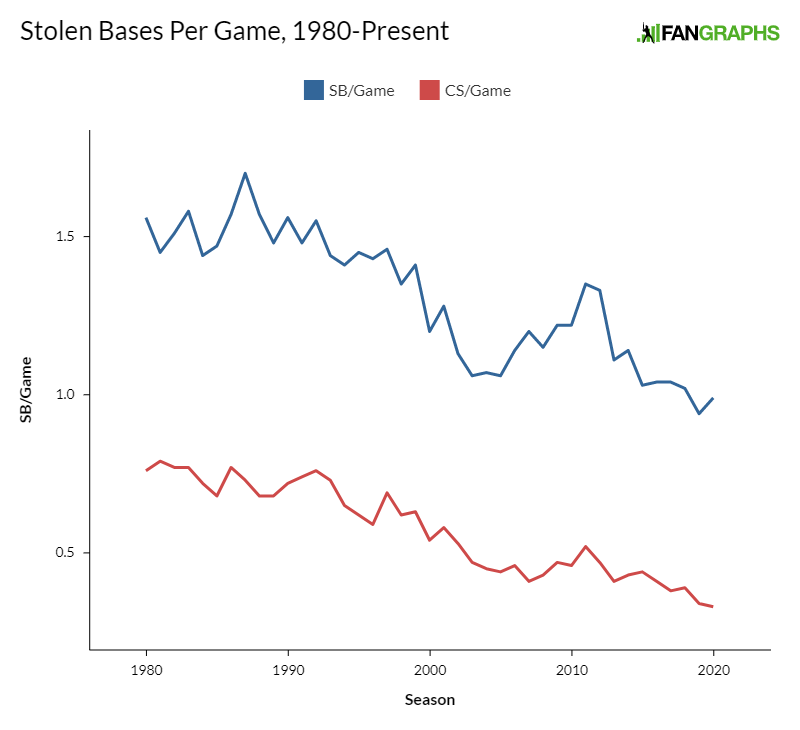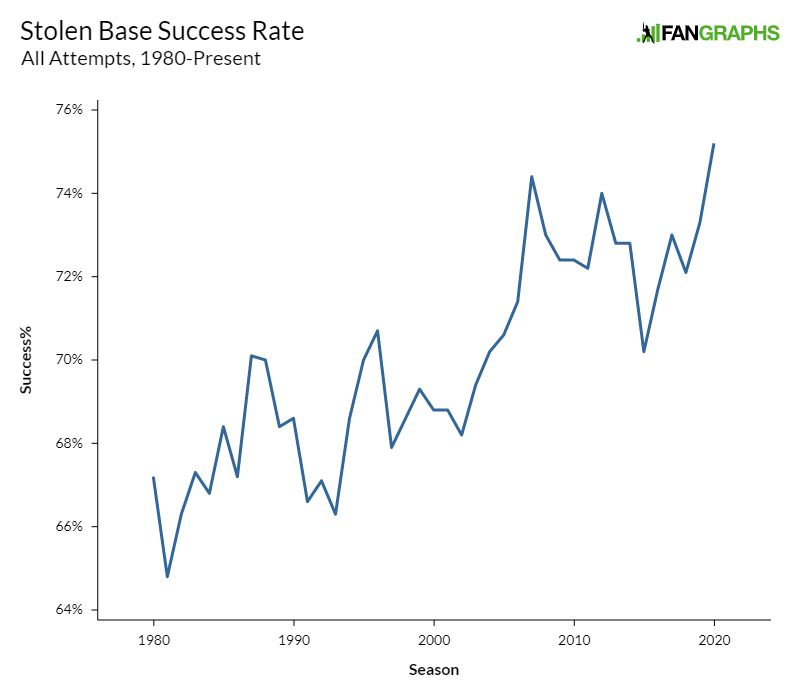In a welcome sign of normalcy amid the coronavirus pandemic, on Monday the Baseball Writers Association of America released its 2021 Hall of Fame ballot, featuring 25 candidates including 14 holdovers, four of whom received at least 50% last year, joined by a group of 11 newcomers headlined by Mark Buehrle, Tim Hudson, and Torii Hunter. If nobody from that trio jumps out at you as likely to join the recent flood of first-year honorees — 13 of whom have been elected on the first ballot over the past seven cycles, out of a record-setting total of 22 BBWAA-elected players in that span — you’re forgiven. This rather lean slate, the smallest since 2009, is the result of an imperfect storm, in that no obviously legendary player hung up his spikes following the 2015 season, and that after three years out of four featuring the suspense over whether a player in the final year of his eligibility would get to 75%, we don’t have that this time around. Instead, we’ve got a ballot consisting of the weakest class of first-time candidates since 2012 (sorry, guys) and a group of returnees led by three very polarizing figures, namely Curt Schilling, Roger Clemens, and Barry Bonds, all in their ninth year of eligibility.
2020 is just the gift that keeps on giving, isn’t it? I can see some of you already rolling your eyes if not scouting for the nearest exit, but I hope you’ll stick around. Rome wasn’t built in a day, and neither was the Hall of Fame’s plaque gallery. Some very good players in mid-candidacy have real opportunities to gain ground now that the spotlight is on them, even if they won’t get anywhere close to 75% this time around. And the ones with no chance at election? Their stories are worth telling, too.
Over the next seven weeks, I’ll profile all 25 candidates, either at length or in brief, examining their cases in light of my Jaffe WAR Score (JAWS) system, which I’ve used to break down Hall of Fame ballots in an annual tradition that’s now old enough to have a driver’s license. The series debuted at Baseball Prospectus (2004-12), then moved to SI.com (2013-18), which provided me an opportunity to go into greater depth on each candidate; in 2018, I brought the series to FanGraphs. Today I’ll offer a quick look at the biggest questions attached to this year’s election cycle.
First, it’s worth reviewing the basics. To be eligible for election to the Hall of Fame via the BBWAA ballot, a candidate must have played in the majors for parts of 10 years (one game is sufficient to be counted as a year in this context), have been out of the majors for five years (the minors or foreign leagues don’t count), and then have been nominated by two members of the BBWAA’s six-member screening committee. Since the balloting is titled with respect to induction year, not the year of release, that means that the newcomers last appeared in the majors in 2015. Each new candidate has 10 years of eligibility on the ballot, a reduction from the 15-year period that was in effect for several decades. The last candidate grandfathered into getting the full run was Lee Smith, whose eligibility expired in 2017; five current candidates (Bonds, Clemens, Schilling, Jeff Kent and Sammy Sosa) had their tenures reduced mid-candidacy.
To be elected, a candidate must receive at least 75% of the ballots cast, and in this case, they don’t round up; 74.9% won’t cut it. Likewise, candidates who don’t receive at least 5% of the vote fall off the ballot and can then only be considered for election by the Today’s Game Committee, an entirely separate process — but not until what would have been their 10-year run of eligibility expires.
The voters, each of whom has been an active BBWAA member for 10 years and is no more than 10 years removed from active coverage, can list as many as 10 candidates on their ballots, a number that’s become a point of contention in recent years given the high volume of qualified candidates. In 2015, the Hall tabled a BBWAA proposal to expand to 12 slots (I was on the committee that recommended the change). Last year, the fifth since the Hall purged the rolls of voters more than 10 years removed from coverage, 397 ballots were cast, 152 fewer than in 2015, the final cycle before the cutdowns. That’s a reduction of 27.7% over five years, and it represented the first time since 1985 that fewer than 400 writers voted. Read the rest of this entry »

![]() iTunes Feed (Please rate and review us!)
iTunes Feed (Please rate and review us!)![]() Sponsor Us on Patreon
Sponsor Us on Patreon![]() Facebook Group
Facebook Group![]() Effectively Wild Wiki
Effectively Wild Wiki![]() Twitter Account
Twitter Account![]() Get Our Merch!
Get Our Merch!![]() Email Us: podcast@fangraphs.com
Email Us: podcast@fangraphs.com

